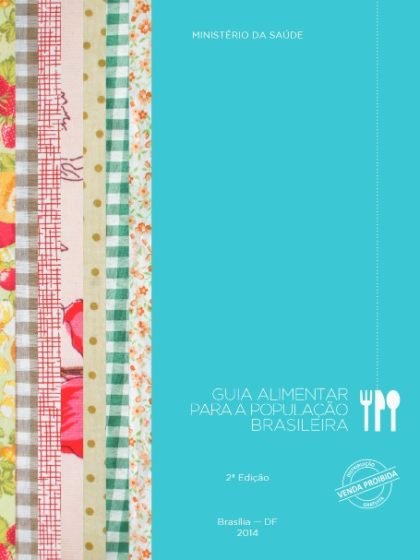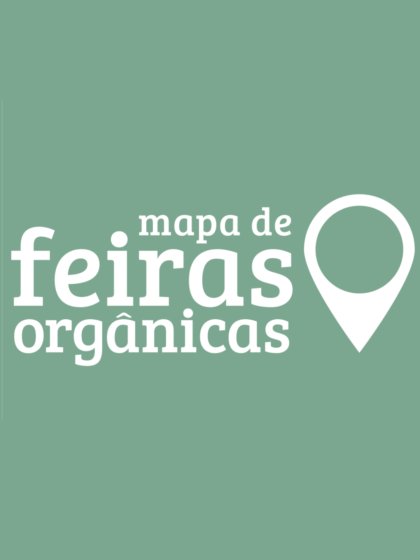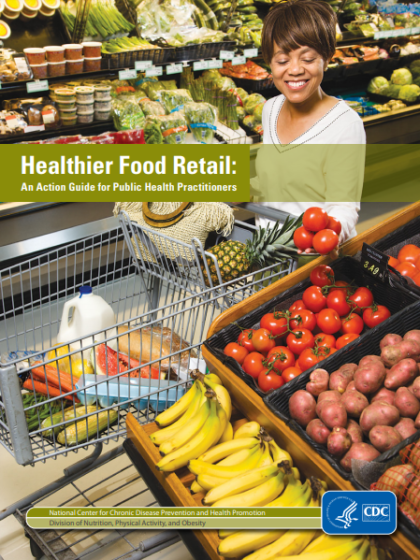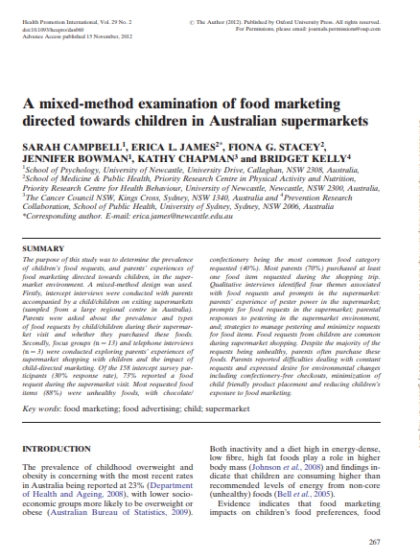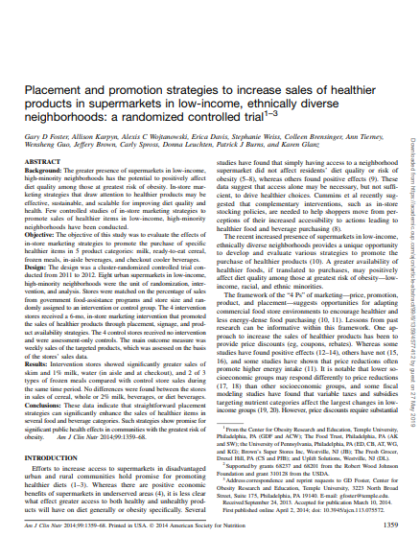What kind of foods do the Brazilian residents of the periphery [or] outskirts of urban areas consume?
In 2014, the Ministry of Health published the Food Guide for the Brazilian Population, which has as a golden rule: always prefer fresh and minimally processed foods to ultra-processed products. It may seem like a simple task, but for most of the population, it is not. A study conducted in Jundiai, a city in the country side of São Paulo, showed that this may be one of the biggest obstacles to healthy diets.
Researches
Institution
Published
For some people, much more than the information about what they are eating, what lacks is the easy access to fresh and minimally processed foods, i.e. products that are fresh or have undergone a few changes after being removed from nature. A study that was carried out in Jundiai, a city in the country side of São Paulo, reveals that this is the reality of the outskirts of the urban area, where the population is especially vulnerable to health problems such as obesity, hypertension and diabetes. There are some reasons for this. One of them is the difficulty that the population from that region has to find places that sell healthy foods for fair prices. Another reason is how easy it is to find places that sell industrialized foods – the so-called processed or ultra-processed foods – such as fast food chains and convenience stores with attractive prices for the consumers.
Methodology
650 analyzed locations
Between December 2017 and April 2018, the researchers analyzed 650 places that sell food in the city of Jundiai. The locations were classified into 13 categories according to the types of products that are available for sale: fresh or minimally processed foods, processed culinary ingredients, processed and ultra-processed foods. Data that was also raised was if the establishments had gondolas with ultra-processed foods at the cashiers, the availability of vegetables at the entrance and what type of food was predominant in the places. This information was crossed with geographic and socioeconomic data from the population of each region of the city.
Conclusions
Research has revealed that places that sell mainly raw and fresh foods and put fruits and vegetables right in the doorway have greater abundance of healthy foods. But the quantity of these stores is small, compared to places that prioritize ultra-processed products or that make this type of food near the cashiers available. The number of places that prioritize the sale of these products is 5.6 times bigger than the number of those that sell, primarily, fresh foods. This number goes up to 22 times more locations that sell mostly ultra-processed products when analyzing medium and low-income regions. In these areas, it is even possible to observe places where there are no stores that sell healthy, fresh foods, but only products of other kinds.
-
87%
of stores sell ultra-processed products -
In the peripheries
there are 22 times more places selling ultra-processed products than fresh foods.
Scientific article
Support material
Inspirational laws and projects
Successful cases
-

Family Warehouse - Curitiba
They are fixed supply units installed at strategic points on the outskirts of Curitiba'’ urban areas, neighborhoods and bus terminals, where food, hygiene and cleaning products are sold.
-

Programa Sacolão da Família (Program Farmers Foods and Vegetables Grocery Stores for Families) - Curitiba
The program was created in 1997 with social scope and the aim to provide the population with access to a variety and quality fruits and vegetables, with a single price policy.
-

Food Access Research Atlas (USA)
Document created by the US government that maps the food supply throughout the country, identifying more and less well-supplied areas. The document serves as support for the development of public policies and research on the subject.
-

Food Retail Expansion to Support Health (New York - USA)
Developed by New York City, the program provides financial incentives to grocery stores in low-income neighborhoods that promote healthy diets.
-

The Food Trust (USA)
A non-profit organization dedicated to ensuring that everyone has access to nutritious food and information to make healthy decisions. Based in Philadelphia, The Food Trust works with neighborhoods, schools, grocery stores, farmers and politicians in the city and across the country to develop a comprehensive approach to improving access to food by combining nutritional education and greater availability of healthy food.
Talk to us
Do you have any questions, suggestions, comments or want to help increase the debate about adequate and healthy eatings? Send an e-mail to contato@alimentandopoliticas.org.br or fill out the form on the Contact us page.
Subscribe to our email lists for all the latest news first hand
Read more research on Food environment
Find other themes
-
Conflict of interests
Find out how public policy can be influenced by private interests and how to avoid it -
Food advertising
Learn how advertising can negatively influence food choices, especially for children -
Food labeling
Learn how to make food labels simpler and more understandable, and how to improve consumers' eating [or dietary] habits -
Food Systems
Healthy patterns of food production, distribution and consumption combat obesity, hunger and climate change. -
Price of food
Understand how fiscal measures directly affect the consumption of healthy and unhealthy foods -
Real healthy eating
Find out how to improve the population's dietary habits in your city, state or country



